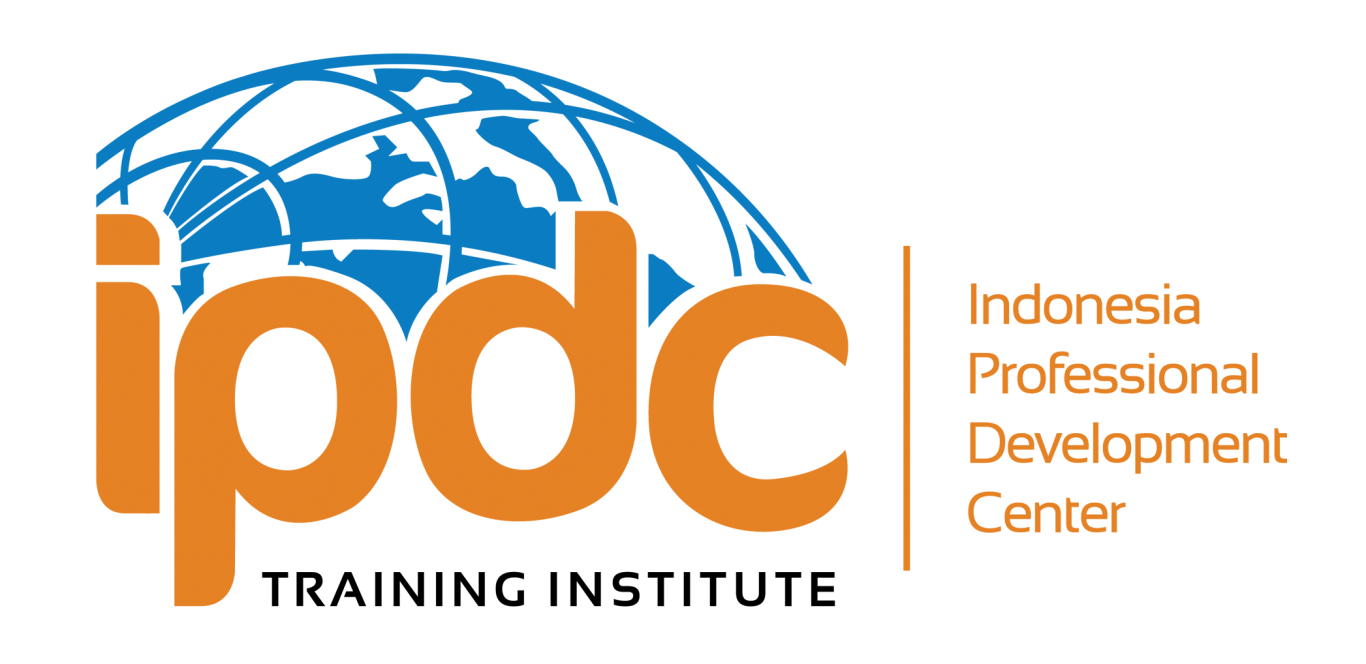













- Overview This course is designed to provide participants with the tools and techniques needed to analyze and evaluate the multifinance business model. The course focuses on understanding the financial and operational aspects of the multifinance sector, assessing risks, and identifying growth opportu

 Overview In today's dynamic and rapidly evolving business environment, leaders must balance two critical yet opposing capabilities: exploiting existing strengths for efficiency and exploring new opportunities for innovation. Ambidextrous Leadership enables leaders to master this duality, driving bot
Overview In today's dynamic and rapidly evolving business environment, leaders must balance two critical yet opposing capabilities: exploiting existing strengths for efficiency and exploring new opportunities for innovation. Ambidextrous Leadership enables leaders to master this duality, driving bot












 Overview In today’s professional landscape, the ability to communicate clearly and negotiate effectively is essential for success. This course is designed to equip participants with the skills to express ideas confidently, build relationships, and achieve mutually beneficial outcomes. By combining c
Overview In today’s professional landscape, the ability to communicate clearly and negotiate effectively is essential for success. This course is designed to equip participants with the skills to express ideas confidently, build relationships, and achieve mutually beneficial outcomes. By combining c
 This course is designed to enhance the negotiation skills of tele-collection professionals, helping them effectively engage with customers in overdue accounts, manage difficult situations, and recover payments in a way that maintains positive customer relationships. Participants will learn to balanc
This course is designed to enhance the negotiation skills of tele-collection professionals, helping them effectively engage with customers in overdue accounts, manage difficult situations, and recover payments in a way that maintains positive customer relationships. Participants will learn to balanc

Our Upcoming Trainings


Tue, Feb 27
|Indonesia
Process Mapping for Improvement
By the end of this course, through several highly engaging workshops, participants will be able to provide process documentation and illustrations (process maps).
Time & Location
Feb 27, 2024, 8:00 AM – Feb 28, 2024, 5:00 PM
Indonesia
About The Training
OVERVIEW
Business Process Mapping (BPM) is a flow charting technique where a business process or workflow is converted into a visual, step by step diagram. BPM training provides the basis for the analysis, comprehension and design of key business processes.
Organizations have many processes, not only manufacturing processes but also processes for purchasing, warehousing, handling orders, etc. These processes can involve complex parallel and serial activities interconnected and dependant on tasks that need to be completed satisfactorily.
Very often these processes have evolved as a result of the organizational growth, sometimes keeping pace, sometimes overwhelmed by the sheer size of the growth. To solve growth problems - such as maintaining the throughput, quick fix solutions may be used e.g. increasing the labour resource rather than improving or overhauling the process.
OBJECTIVES
By the end of this training course, participants will be able to:
- Make positive improvements to your business processes and profitability.
- Examine the effectiveness of current processes.
- Have the insight and confidence to map new processes.
- Identify process gaps and current processes for improvement.
- Apply best practice BPM techniques to your organization.
- Effectively link business processes with strategy.
- Demonstrate a practical knowledge of process modelling and charting tools
TARGET PARTICIPANTS
- Senior managers
- Team leaders
- Project and program managers
- Business analysts
- Human resource managers
COURSE CONTENTS
- Understanding The Terms
- What is a process?
- Key terms in business process mapping
- The Stages of Business Process Mapping
- The key stages in effective process mapping
- 'As is' and 'to be' processes
- Mapping a Business Activity
- The start, end and purpose of a business activity
- The key elements – tasks, decisions, inputs and outputs
- Business activity definition forms
- Mapping methods – brown paper analysis
- Using the mapping symbols
- The Detail Behind the Processes
- Titles and numbering
- Recording the key information – tasks, decisions, inputs, outputs, constraints and dependencies
- Assigning Control and Responsibilities
- Working out who does what
- Using swim lanes in process maps
- Process Analysis
- Identifying problems, bottlenecks and inefficiencies
- Creating ‘to be’ Processes & Process Performance Improvement
- Reasons for change
- Changing processes
- Process Improvement
- Case Discussion, Simulation, Exercise and Action Plan Evaluation and Closing


